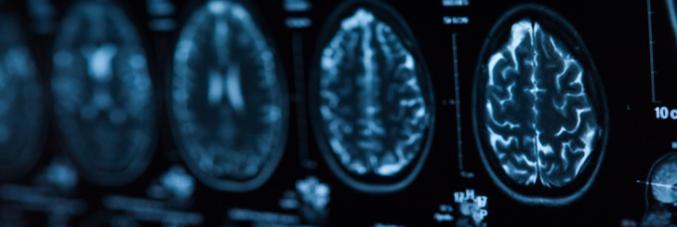
ALS: University of Padua Study Opens Up New Strategies to Slow Disease Progression
01.07.2025
A study by the University of Padua, CNR Padua, and the "Mario Negri" Institute in Milan has been published in Molecular Therapy Nucleic Acids under the title “Restoration of myogenesis in ALS-myocytes through miR-26a-5p-mediated Smad4 inhibition and its impact on motor neuron development”. The research paves the way for new strategies to slow the progression of Amyotrophic Lateral Sclerosis (ALS).
The research team discovered a novel communication mechanism between skeletal muscle stem cells and motor neurons in ALS. Professor Stefano Cagnin from the Department of Biology at the University of Padua, CNR researcher Maria Lina Massimino, and lead author Caterina Peggion, also from the Department of Biology, demonstrated that stem cells from ALS-affected mice secrete different microRNAs compared to those from healthy mice. These healthy microRNAs help produce functional muscle and improve motor neuron differentiation.
ALS is a rare neurodegenerative disease that affects motor neurons—nerve cells responsible for controlling voluntary muscles. However, recent years have brought a broader understanding of ALS. It is no longer seen solely as a motor neuron disease, but as a complex condition that also involves muscle cells. A growing body of evidence underscores the crucial role of communication between muscle and motor neurons.
Traditionally, muscle was believed to play a passive role, merely receiving signals from motor neurons that trigger contraction. Today, we know the relationship is bidirectional: muscles send signals back to motor neurons, influencing their survival, development, and functional state. When this dialogue breaks down—as it does in ALS—motor neurons can become more vulnerable and prone to degeneration.
At the heart of this cellular exchange are proteins and RNA molecules, such as microRNAs, which travel between muscle and motor neurons via small vesicles called exosomes. MicroRNAs are small RNA molecules that regulate protein synthesis, and their discovery earned Victor Ambros and Gary Ruvkun the 2024 Nobel Prize in Medicine.
Skeletal muscle stem cells are particularly significant in this context. Under normal conditions, they remain “silent” but are activated in response to damage or stress, aiding muscle regeneration. In ALS, however, these cells behave abnormally: they are less effective at regeneration and contribute to the production of dysfunctional signals that negatively affect motor neurons.
"Among the microRNAs secreted under pathological conditions are miR-134 and miR-882, which—through autocrine signaling, where a substance produced by a cell alters that same cell’s behavior—prevent the formation of functional muscle," explain Cagnin, Massimino, and Peggion. "Conversely, miR-26a and miR-431, secreted by healthy stem cells, help generate functional muscle and enhance motor neuron differentiation."
"The idea that a ‘neuronal’ disease like ALS may also originate in muscle tissue is revolutionizing research and therapeutic approaches. Therapeutic targets once considered unimaginable—such as muscle stem cells and their secreted microRNAs—are now showing positive effects on motor neurons, traditionally the primary focus in ALS treatment. Therefore," the authors conclude, "understanding and restoring the dialogue between muscle and motor neurons could offer new strategies to slow disease progression and improve patients’ quality of life."



